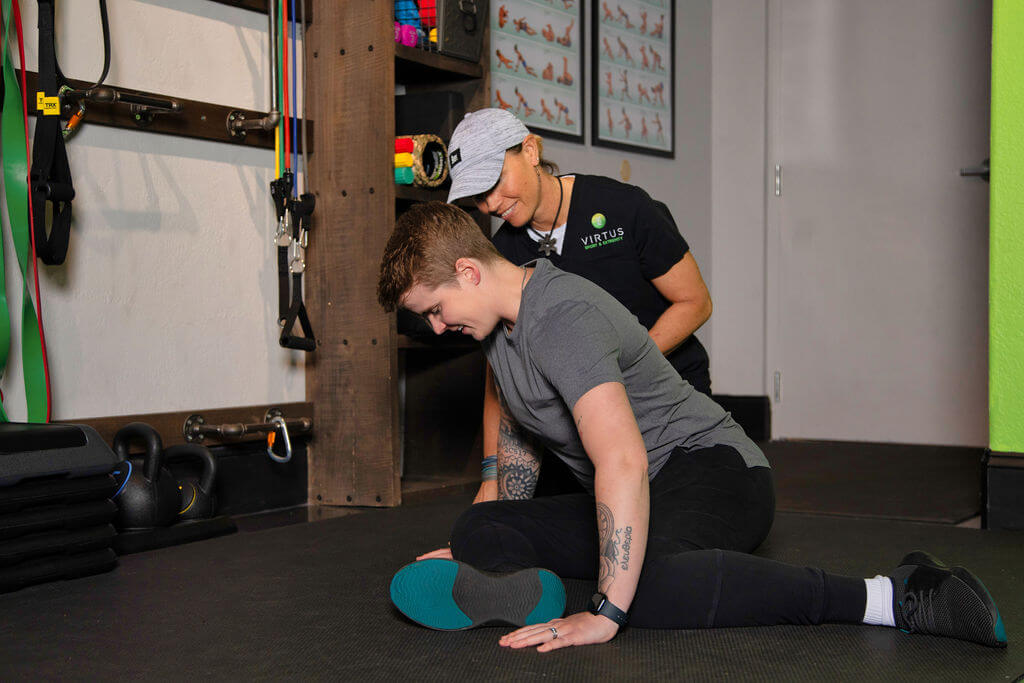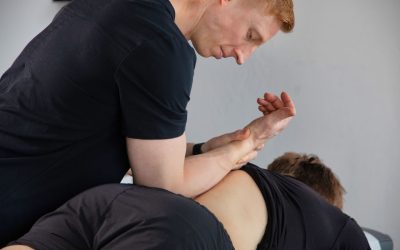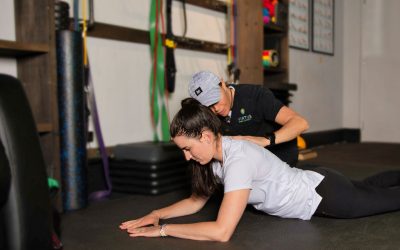Physicians attribute most hip pain to degenerative or inflammatory conditions. It is never too early to take preventive measures to alleviate hip pain now.
Whatever your profession, take a few minutes to follow the tips below. These are hip pain relief techniques that are sure to make your life a little easier.
Understanding Hip Pain: Causes and Prevention
To find effective strategies for hip pain relief, it is crucial to understand the common causes and preventive measures. Hip pain can be caused by various factors, including muscle imbalances, joint inflammation, and structural abnormalities.
Muscle Imbalances
Muscle imbalances occur when there is a discrepancy in strength and flexibility between the muscles around the hip joint. This imbalance can place excessive stress on the joint, leading to pain and discomfort. A common example of muscle imbalance is tight hip flexors and weak hip extensor muscles. Regular stretching and strengthening exercises targeting the hip muscles can help restore balance and alleviate pain. Incorporating exercises like lunges, hip bridges, and lateral leg raises into your fitness routine can help improve muscle balance and reduce hip pain.
Joint Inflammation
Joint inflammation, commonly known as hip arthritis, is another leading cause of chronic hip pain. Arthritis can be the result of wear and tear on the joint as we age or from an autoimmune condition. Regular low-impact exercises, such as swimming or cycling, can help reduce inflammation by improving joint circulation and promoting the production of lubricating synovial fluid. Maintaining an active lifestyle and participating in exercises that do not put excessive stress on the hips can help manage and prevent hip arthritis.
Structural Abnormalities
In some cases, hip pain may be caused by structural abnormalities such as hip dysplasia or labral tears. Structural abnormalities can affect the hip joint’s mechanics and increase the risk of pain and discomfort. Seeking professional medical advice and treatments, such as physical therapy or surgical interventions, may be necessary for managing and relieving hip pain caused by structural abnormalities. Physical therapy can help strengthen the surrounding muscles, improve joint stability, and promote pain-free movement.
Preventive Measures
In addition to understanding the causes of hip pain, taking preventive measures plays a significant role in reducing the risk of hip pain. Maintaining a healthy weight is crucial, as excess weight puts additional strain on the hips, increasing the risk of pain and related conditions. Regular exercise, which includes both cardiovascular workouts and strength training, can help maintain a healthy weight and strengthen the supportive muscles around the hips. Furthermore, improving posture and ergonomics is essential for desk workers who are prone to hip pain due to prolonged sitting and poor posture. Making ergonomic adjustments, such as using supportive chairs or taking regular breaks to stretch, can help alleviate and prevent hip pain in an office setting.
By understanding the causes of hip pain and implementing preventive measures, you can significantly reduce the risk and severity of hip pain. However, if you are already experiencing hip pain, there are several strategies you can implement to find relief.
Effective Strategies for Hip Pain Relief
-
Functional Range Conditioning (FRC): FRC is a scientifically grounded, comprehensive joint training system that targets mobility development, joint strength, and body control. FRC exercises involve both active and passive ranges of motion and focus on improving joint function and reducing pain. By incorporating FRC exercises into your fitness routine, you can improve hip mobility, reduce pain, and enhance overall joint health. Some FRC exercises for the hips include hip CARs (controlled articular rotations), banded distractions, and 90/90 hip transitions. Consulting with a certified FRC specialist can provide you with a personalized program tailored to your specific needs and goals.
-
Physical Therapy: Working with a licensed physical therapist can help you identify the underlying causes of your hip pain and develop a personalized treatment plan. Physical therapy techniques such as manual therapy, stretching, and strengthening exercises can effectively alleviate hip pain and improve functional mobility. A physical therapist can assess your hip mechanics, identify imbalances or weaknesses, and provide targeted exercises to address these issues. They can also use modalities like ultrasound or electrical stimulation to reduce pain and inflammation.
-
Heat and Cold Therapy: Applying heat or cold therapy to the affected hip can provide temporary relief from pain and inflammation. Heat therapy promotes blood circulation and relaxes muscles, while cold therapy helps reduce swelling and numbs the area. Experimenting with both heat and cold can help determine which therapy works best for you. You can use a heat pack, hot water bottle, or warm bath for heat therapy and apply an ice pack or a cold compress for cold therapy. Remember to wrap the heat or cold pack in a cloth to protect your skin from direct contact.
-
Low-Impact Exercise: Engaging in low-impact exercises can help maintain joint mobility without putting excessive stress on the hips. Swimming, walking, or cycling are excellent options for cardiovascular exercise, as they promote blood flow, strengthen supporting muscles, and reduce the risk of hip pain. These exercises are gentle on the joints and can be easily modified according to your fitness level. It is crucial to listen to your body and avoid activities that cause pain or discomfort. Consulting with a fitness professional or physical therapist can help design a tailored exercise program that suits your needs.
-
Non-Steroidal Anti-Inflammatory Drugs (NSAIDs): Over-the-counter NSAIDs, such as ibuprofen or naproxen, can help reduce pain and inflammation associated with hip pain. These medications work by inhibiting the production of prostaglandins, which are inflammatory substances in the body. However, it is essential to use NSAIDs as directed and consult with a healthcare professional if your hip pain persists or worsens. Prolonged or excessive use of NSAIDs can have adverse effects on the gastrointestinal system, kidneys, and cardiovascular system.
Get Rid of Hip Pain
Don’t let hip pain limit your life. With the right strategies and treatments, you can find relief and regain your mobility. Understanding the causes of hip pain, practicing preventive measures, and implementing various strategies like Functional Range Conditioning, physical therapy, heat and cold therapy, low-impact exercise, NSAIDs, and stress management techniques can play a significant role in alleviating hip pain and improving your overall well-being.
Remember, it is crucial to consult with healthcare professionals to receive an accurate diagnosis and guidance tailored to your specific condition. Take control of your hip pain and start living pain-free today.
Visit our website to schedule a consultation and begin your journey towards hip pain relief and improved joint health.





